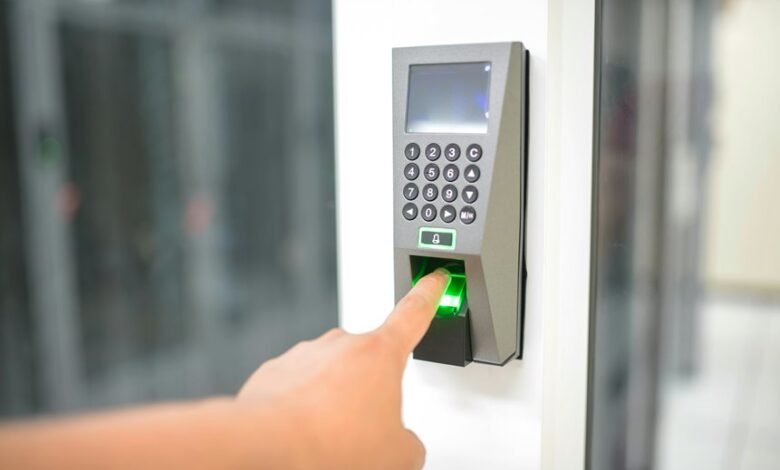Cross-Check Caller Identity Using 3497237224, 3807480513, 3533635293, 3505517460, 3533396211, 3511577632

The increasing prevalence of unknown callers necessitates a systematic approach to verifying their identities. Numbers such as 3497237224, 3807480513, and others raise concerns about potential scams or unwanted solicitation. Utilizing reverse phone lookup services can provide essential insights into the ownership of these numbers. Understanding the tools available for caller verification is vital in ensuring secure communication. However, recognizing the signs of phone scams remains equally crucial. What methods can effectively distinguish genuine calls from deceptive ones?
Understanding Caller ID and Its Importance
Caller ID serves as a crucial tool in modern telecommunications, providing users with the ability to identify incoming calls before answering.
This technology advancement addresses privacy concerns by allowing individuals to screen calls, significantly enhancing fraud prevention efforts.
As users gain more control over their communication, Caller ID empowers them to reclaim their privacy in an increasingly interconnected world, promoting a sense of freedom.
Tools for Verifying Caller Information
Numerous tools are available for verifying caller information, each designed to enhance the accuracy of incoming call identification.
Caller verification tools, such as reverse phone lookup services and mobile apps, utilize extensive databases to confirm identities.
Additionally, identity checking methods, including cross-referencing social media profiles, can provide further assurance.
Together, these resources empower individuals to make informed decisions regarding unknown callers, fostering a sense of security.
Common Signs of Phone Scams
How can individuals recognize the telltale signs of phone scams? Awareness of common warning signs is crucial.
Scam tactics often include unsolicited calls, pressure to act quickly, and requests for personal information.
Additionally, callers may use official-sounding language or threaten dire consequences.
Understanding these characteristics empowers individuals to remain vigilant and protect their freedom from potential fraud.
Steps to Take When You Receive Suspicious Calls
When faced with a suspicious call, individuals should adopt a systematic approach to assess the situation effectively.
First, they must identify the suspicious numbers and avoid providing personal information.
Next, they should verify identity through independent channels, such as official websites or trusted contacts.
Documenting the call details can aid in reporting potential scams to authorities, ensuring personal safety and awareness.
Conclusion
In an age where communication is often fraught with uncertainty, verifying caller identities has never been more crucial. Utilizing reverse phone lookup services and social media can significantly enhance one’s ability to discern legitimate callers from potential scammers. As technology advances, so do the tactics of deceitful callers—how can one ensure their peace of mind when answering an unknown number? By remaining vigilant and informed, individuals can protect themselves from the growing threats within their communication networks.




